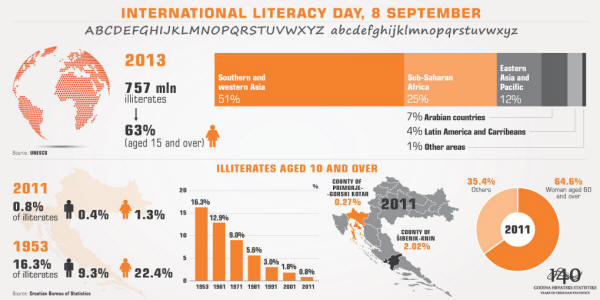|
Publications
 First Results
First Results
 By Statistical Subject
By Statistical Subject
 By Calendar of Data Issues
By Calendar of Data Issues
 By Publishing Programme
By Publishing Programme
 All Publications
All Publications
Censuses
 Census 2011
Census 2011
 Census Test 2009
Census Test 2009
 Census 2001
Census 2001
 Agricultural
Census 2003
Agricultural
Census 2003
 Agricultural Census 2020
Agricultural Census 2020
Statistical Databases
 PC Axis Databases
PC Axis Databases
 Agriculture, Hunting,
Agriculture, Hunting,
Forestry and Fishing
 Industry Industry
 Foreign trade in goods Foreign trade in goods
 Retail trade Retail trade
 Tourism Tourism
 Transport and Communications Transport and Communications
 Environment Environment
 Employment and Wages Employment and Wages
 Prices Prices
 Personal Consumption and Personal Consumption and
Poverty Indicators
 Structural business statistics Structural business statistics
 Criminal Justice Criminal Justice
 Population Population
 Census 2011 - First results Census 2011 - First results
 Agricultural
Census 2003 Agricultural
Census 2003
 Agricultural
Census 2020 Agricultural
Census 2020
 Subnational Statistics Subnational Statistics
 Data on business entities
Data on business entities
Important Information
 Interesting Points
Interesting Points
 Press Corner
Press Corner
 Croatian Statistical System
Croatian Statistical System
 National Accounts
National Accounts
 Quality
Quality
 Intrastat
Intrastat
 Institutional Cooperation
Institutional Cooperation
 Classifications and Standards
Classifications and Standards
 About us
About us
 Contact
Contact
 Notices and Employment
Notices and Employment
 Technical
Information
Technical
Information
Links
 Statistical
Links
Statistical
Links
 Organizations and Institutions
Organizations and Institutions
 Croatian Statistical Association
Croatian Statistical Association
 Data Request Form
Data Request Form
 ESS – European Stat. System
ESS – European Stat. System
 UNdata
UNdata
 CBS Regional Offices
CBS Regional Offices
|
|
INTERNATIONAL LITERACY DAY
The international literacy day is held on the 8th of September each year. It
was started by UNESCO in 1967 with the goal of promoting the significance of
literacy and learning in general, but also to promote public awareness about
the problem of illiteracy, which is still an issue for a significant part of
the population.
According to
UNESCO's most recent available data from 2013, there were 757 million
illiterate persons aged 15 and above, 63% of which were women. Illiteracy is
the most abundant in South and West Africa, where a 51% of the total number
of illiterate persons live.
How do you define a literate person? According to the methodology used in
the Census of Population, Households and Dwellings 2011 of the Republic of
Croatia, a literate person is considered to be any person that can read and
write a simple essay on a topic from everyday life with understanding,
regardless of the spoken and written language that the person uses.
According to the data from the Census from 1953, 16.3% of the total
population of the Republic of Croatia aged 10 and above were illiterate. If
we track the changes in this number through the censuses, we will notice
that the number of illiterate persons has been on a constant decline and
amounted to 0.8% in 2011. The largest portion of illiterate persons is made
up of women, whose share in the number of illiterate persons was by 2.8
times larger than men's in 1953, and 3.8 times larger in 2011. This is
mostly due to the fact that women live 7 years longer than men, on average
and that in the previous decades they hadn't been as present in the
educational system as they are today.
The Census 2011 data show that most illiterate women belong to older age
groups. As much as 64.6% of illiterate women were older than 60, while the
remaining 35.4% of illiterate persons are made up of men from all age groups
and women younger than 60.
If we look at the regional distribution of illiteracy, county of
Šibenik-Knin has the largest share of illiterate persons aged 10 and above
(2.0%) in the total population of the county, while the county of
Primorje-Gorski kotar had the smallest share (0.3%).

|